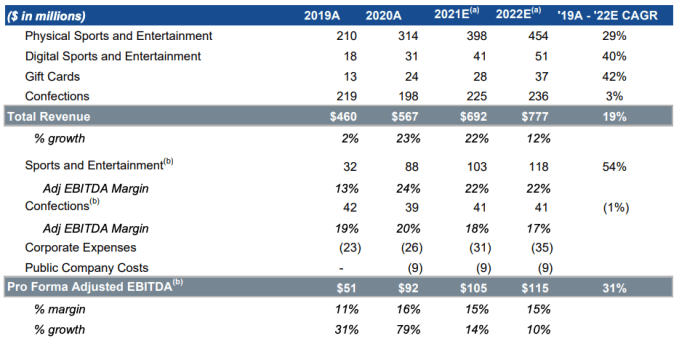Products You May Like
Twitter is abuzz with the news that Topps, a company perhaps best known for making collectible trading cards, is going public via a SPAC.
The reverse merger with its chosen blank-check company values the combination on an equity basis at $1.163 billion. That makes Topps some sort of unicorn. And because it has both e-commerce and digital angles, Topps is technically a fruit tech company.
The Exchange explores startups, markets and money. Read it every morning on Extra Crunch, or get The Exchange newsletter every Saturday.
Why do we care? We care because Topps and its products are popular with the same set of folks who are very excited about creating rare digital items on particular blockchains. Yes, the baseball card company is going public in a debut that could easily be read as a way to put money into the NFT craze without actually having to buy cryptocurrencies and go speculating itself.
 And Topps apparently owns a number of assets in the candy space, which I find whimsical.
And Topps apparently owns a number of assets in the candy space, which I find whimsical.
So let’s have a small giggle as we go through the Topps deck and then ask if the company is being valued on its actual, and modestly attractive, present-day business or on possible revenues from future NFT-related activities.
So, trading cards
What is Topps? A mix of business units that it breaks down into four categories: Physical Sports and Entertainment (trading cards), Digital Sports and Entertainment (digital collectibles, apps and games), Gift Cards (gift cards for external brands), and Confections (candy).
In terms of scale, the company’s physical goods and confection businesses are by far its leading revenue drivers. Here’s the data:

Image Credits: Topps investor presentation
First, observe that the company’s pro forma adjusted EBITDA nearly doubled from 2019 to 2020. That’s an aggressive expansion in hyper-adjusted profitability. And note how much the company’s physical sports business grew from 2019 to 2020; a nearly 50% gain helped the company grow nicely last year.
